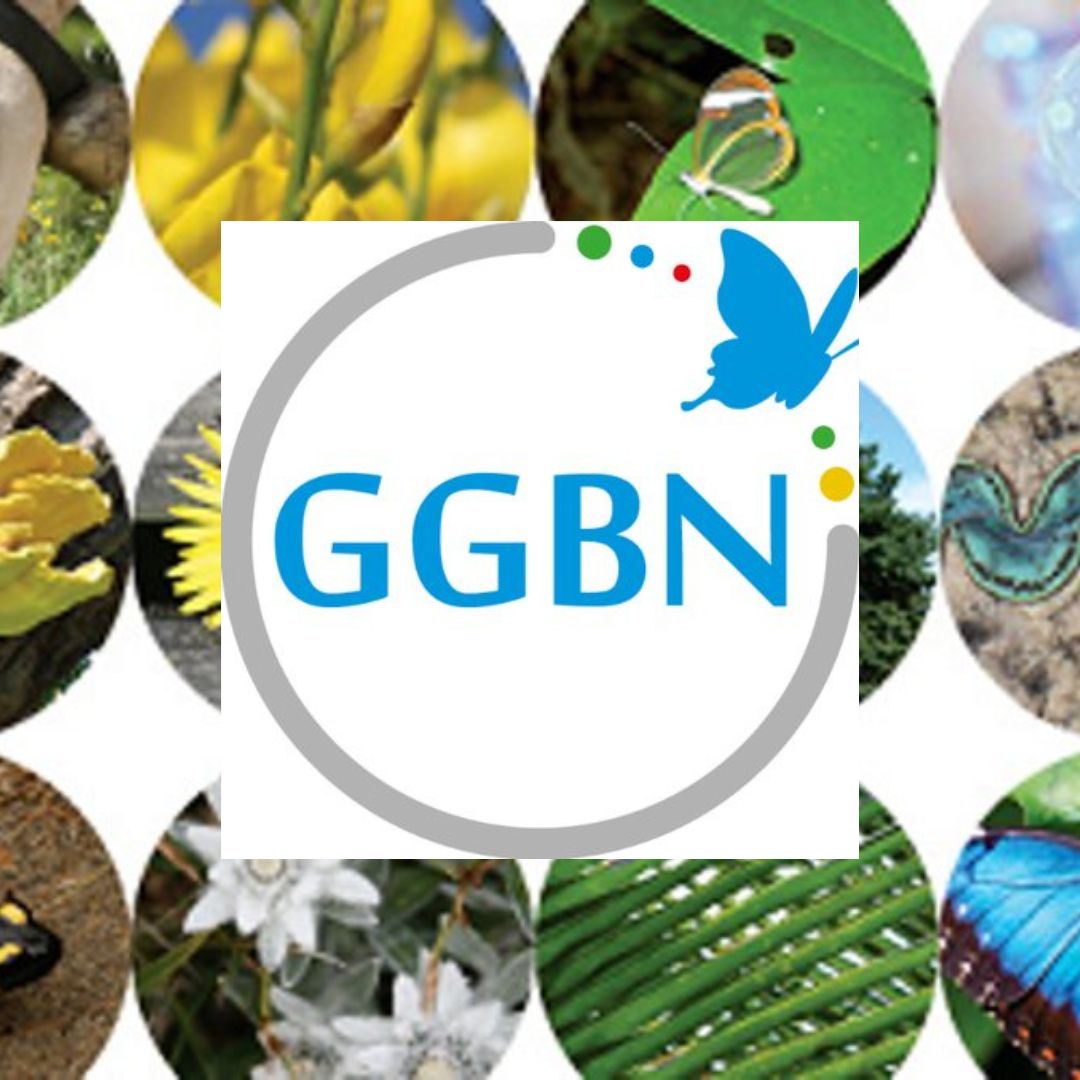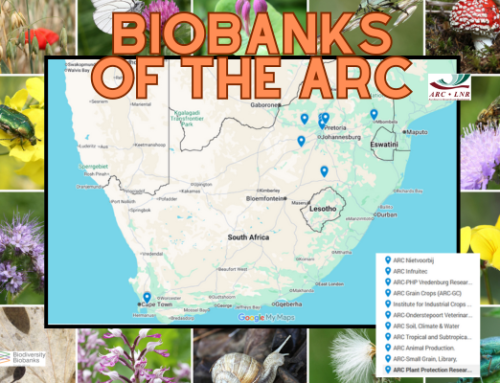Further Together: BBSA Joins Global Genome Biodiversity Network
Some problems are too big for one country to tackle alone. But as a new member of the Global Genome Biodiversity Network (GGBN), the Biodiversity Biobanks South Africa can contribute to finding answers to some of our most critical questions, from food security to conservation (and more).

The Global Genome Biodiversity Network is an international network that shares a common interest in long-term preservation of genomic biodiversity samples.
The Global Genome Biodiversity Network (GGBN) is an international network of organisations that share a common interest in long-term preservation of genomic samples of biodiversity. Members range widely in size and experience – some have strongly consolidated databases, while others are still in development.
GGBN provides members with the primary benefit of making genomic samples discoverable for research through a networked community of biodiversity biobanks. In doing so, GGBN provides trusted and transparent access to genomic samples for all, through an access and benefit sharing framework.
“Biobanks are critical resources that are there to serve society in many different ways, from food security to conservation to understanding our world,” explains Professor Michelle Hamer, Director of the BBSA. “But biobanks need to be used – in an organised way that benefits our researchers, our country, and the broader research community.”

Prof Michelle Hamer, Director of the Biodiversity Biobanks South Africa
As one of the projects under the South African Research Infrastructure Roadmap (SARIR) of the Department of Science & Innovation (DSI), and administered by the South African National Biodiversity Institute (SANBI), the main aim of the BBSA is to secure and exploring South Africa’s biodiversity – by increasing the range and quality of biodiversity samples stored, and increasing and improving access for research and development.
“As a member of GGBN, we will be better placed to achieve our goals – and to situate South African biobanks within a global context,” Hamer notes.
A Global Partnership
GGBN’s mission is to promote access to information about, and legal exchange of, the genomic samples maintained by its Members. It provides a platform for biodiversity biobanks from across the world to:
- Collaborate to ensure consistent quality standards for DNA and tissue collections;
- Improve best practices for the preservation and use of such collections;
- Harmonise exchange and use of genetic materials in accordance with national and international legislation and conventions; and
- Enable targeted, strategic collection to fill crucial biodiversity gaps.
“In many ways, biobanks should be seen as national assets – as assets that belong to our country, for the good of all of us. But we also need to recognise that we are also part of a global community. By participating in international programmes, we draw attention to our resources and biodiversity. And by sharing our information, we broaden the pool of people who can help us answer critical questions.”
Want to know more about the Global Genome Biodiversity Network? Visit their website – or follow the GGBN on Twitter or Facebook.

What are biodiversity biobanks?
Biodiversity biobanks are repositories of biologically relevant resources, including reproductive tissues such as seeds, eggs and sperm, other tissues including blood, DNA extracts, microbial cultures (active and dormant), and environmental samples containing biological communities….






